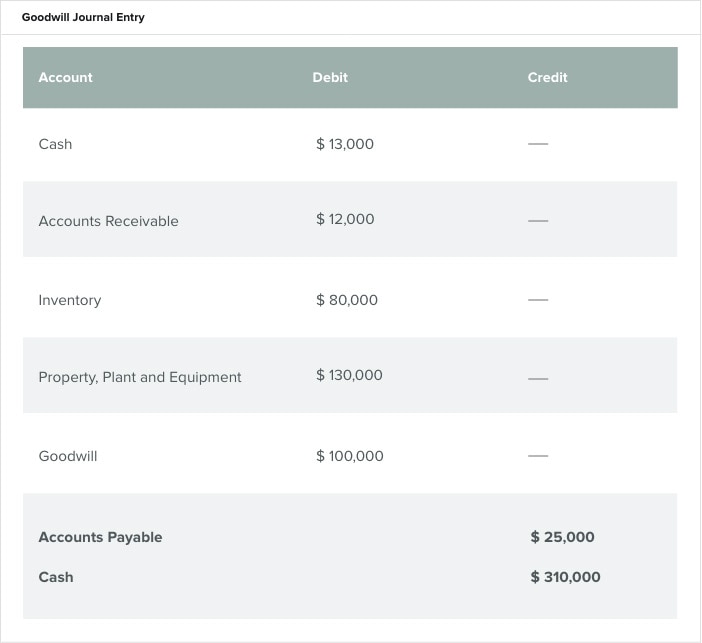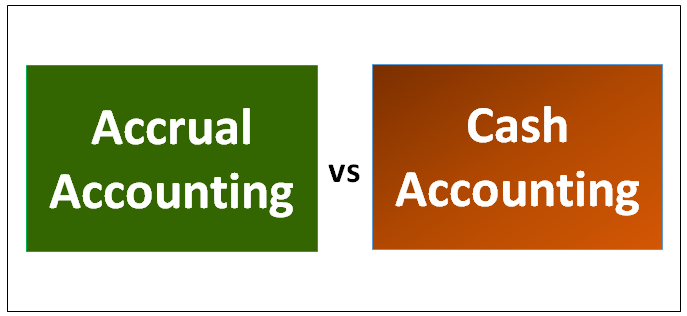
And then, at the beginning of every month in 2011, I want to deduct USD 1,000 from the prepaid rent account and debit the vendor account (landlord). Let us assume that the prepaid amount is USD 12,000 to make the calculations easy. At the end of the accounting period in which Mr. I am trying to simulate a 'prepaid rent' scenario using an accrual entry transaction. Under the terms of his commission agreement, he receives a 5% commission on the revenue generated by the transaction, and will be paid on the 15th day of the following month.

Example of the Accounting for Commissionsįred Smith sells a $1,000 widget for ABC International.

It is also acceptable to classify it as part of the expenses of the sales department. You can classify the commission expense as part of the cost of goods sold, since it directly relates to the sale of goods or services. If the person receiving the commission is not an employee, then that person considers the commission to be revenue, and may pay taxes if there is a resulting profit. If an employee is receiving a commission, then the company withholds income taxes on the amount of the commission paid to the employee. Under the cash basis of accounting, you should record a commission when it is paid, so there is a credit to the cash account and a debit to the commission expense account. This is a debit to the commission expense account and a credit to a commission liability account (which is usually classified as a short-term liability, except for cases where you expect to pay the commission in more than one year). Under the accrual basis of accounting, you should record an expense and an offsetting liability for a commission in the same period as you record the sale generated by the salesperson, and when you can calculate the amount of the commission. In the absence of a journal entry, the expense would not appear at all in the entity's financial. In place of the documentation, a journal entry is created to record an accrued expense, as well as an offsetting liability. A commission may be earned by an employee or an outside salesperson or entity. An accrued expense is an expense that has been incurred, but for which there is not yet any expenditure documentation. Less-common commission structures are based on the gross margin or net income generated by a sale these structures are typically less used, since they are more difficult to calculate. The commission may be based on a flat fee arrangement, or (more commonly) as a percentage of the revenue generated. Following the accrual method of accounting, expenses are recognized when they are incurred, not necessarily when they are paid.A commission is a fee that a business pays to a salesperson in exchange for his or her services in either facilitating, supervising, or completing a sale. An accrued expense can be an estimate and differ from the supplier’s invoice that will arrive at a later date. Since accrued expenses represent a company's obligation to make future cash payments, they are shown on a company's balance sheet as current liabilities.

Accrual accounting requires more journal entries than simple cash balance accounting.

Accrued expenses are recognized on the books when they are incurred, not when they are paid.


 0 kommentar(er)
0 kommentar(er)
